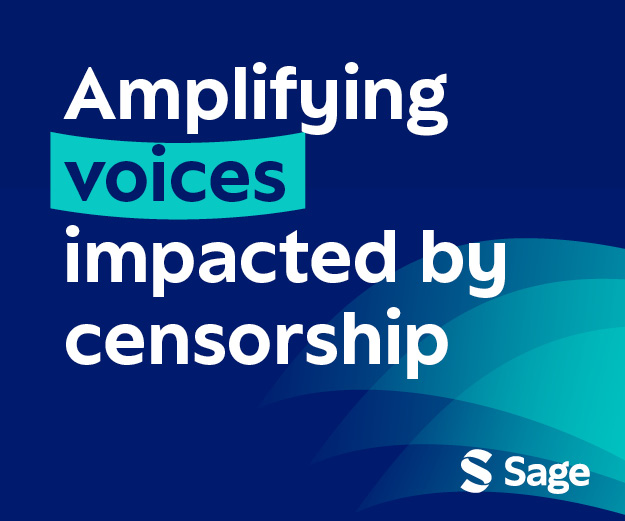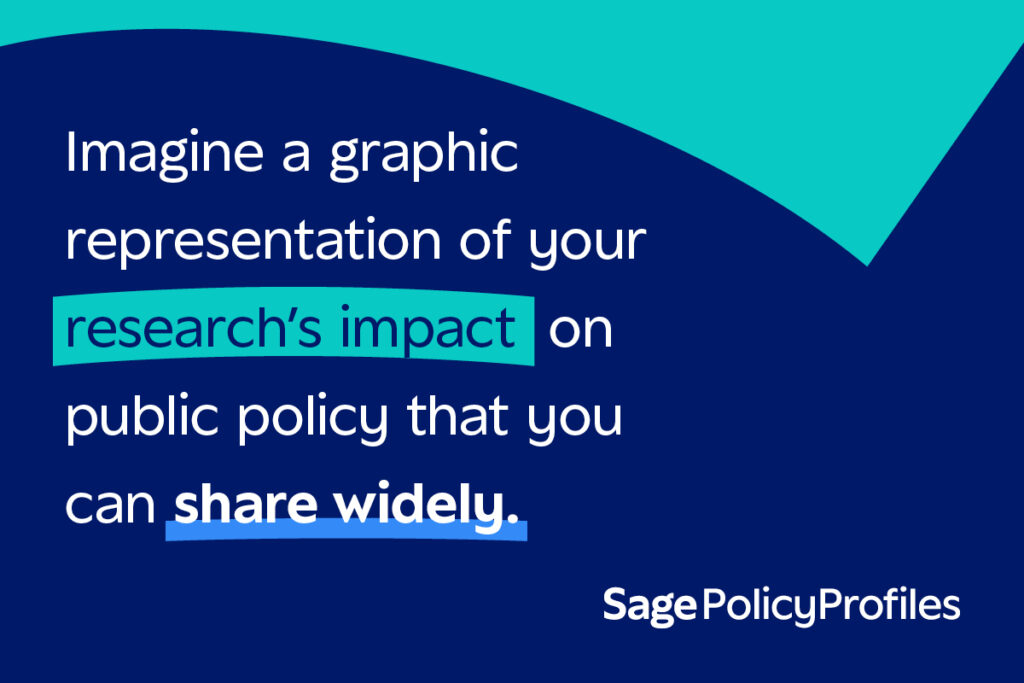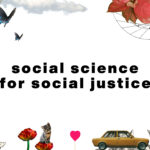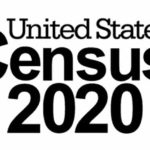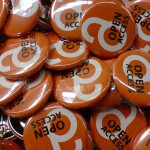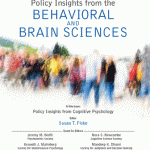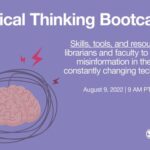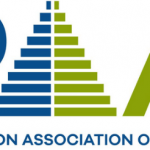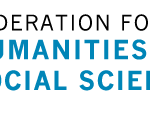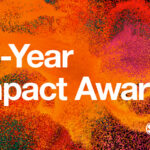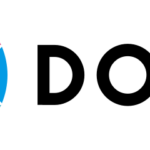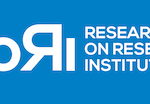Boost Member Engagement and Strengthen Your Organization’s Identity with Organizational Hashtags
In this post, Stephanie Dailey discusses the usage of organizational hashtags and why might business leaders use them in her recent article “Define Yourself… #EXSTpride”: Exploring an Organizational Hashtag through the Structurational Model of Identification,” published in Management Communication Quarterly.
Perhaps you have noticed a growing trend: businesses are encouraging consumer interaction through hashtags like #ShotoniPhone, #ShareACoke, and #TargetStyle. Companies are increasingly urging customers to invoke their name (e.g., #HomeDepot), participate in corporate initiatives (e.g., #SouthwestHeart), and interact with brands (e.g., #MyWestElm) on their personal social media accounts. I was curious how organizations could capitalize on this trend internally, to strengthen their connection with members and bolster their organizational identity.
To do so, I studied what I call an “organizational hashtag”—a hashtag created by organizational stakeholders for a specific purpose. Specifically, I analyzed a university’s organizational hashtag on Instagram, which organizational leaders created to encourage students to show their pride for the school. The hashtag included the university’s abbreviated name and the word “pride” (anonymized as Example State University and #EXSTpride).

I qualitatively coded 150 posts with the hashtag #EXSTpride, systematically looking for themes in the images and texts of posts. In particular, I was searching for ways in which #EXSTpride fostered member identification—a feeling of oneness or belongingness to the organization—and organizational identity, which entails how people define the organization and its culture. My analysis was informed by scholarly concepts from structuration theory and the structurational model of identification.
In my paper, titled “’Define Yourself… #EXSTpride’: Exploring an Organizational Hashtag through the Structurational Model of Identification,” published in Management Communication Quarterly, I explain that organizational hashtags do several things. First, these hashtags can benefit organizations by fostering members’ organizational attachments through consubstantial language use (e.g., “we” instead of “they”) and forthright statements of pride, which are common ways people express belongingness to organizations. Second, organizational hashtags bolster an organization’s identity by revealing what is distinctive, central, and enduring about the organization. For example, one student posted a video of a mariachi band performing live music in a campus dining hall. The post read, “Does your school have mariachi players in your dining halls?” Posts like these give members a strong sense of the organization’s culture and how it is unique from others, which helps to define the organization and its members.
What should business leaders take from this research? My study’s results have important implications for practice. Notably, organizational hashtags can extend the reach of member engagement, as current members/employees can use the hashtag to connect with the organization, but so can prospective members, organizational alumni, and other stakeholders. Particularly as more people work from home, organizations should consider how social media might sustain organizational bonds. Furthermore, in addition to organizationally-driven technologies (e.g., email, Slack, etc.) and external marketing efforts, members’ personal social-media use can also be an avenue for fostering identification and organizational identity. By using organizational hashtags, business leaders can harness the power of social media to cultivate their organization’s people and culture.








